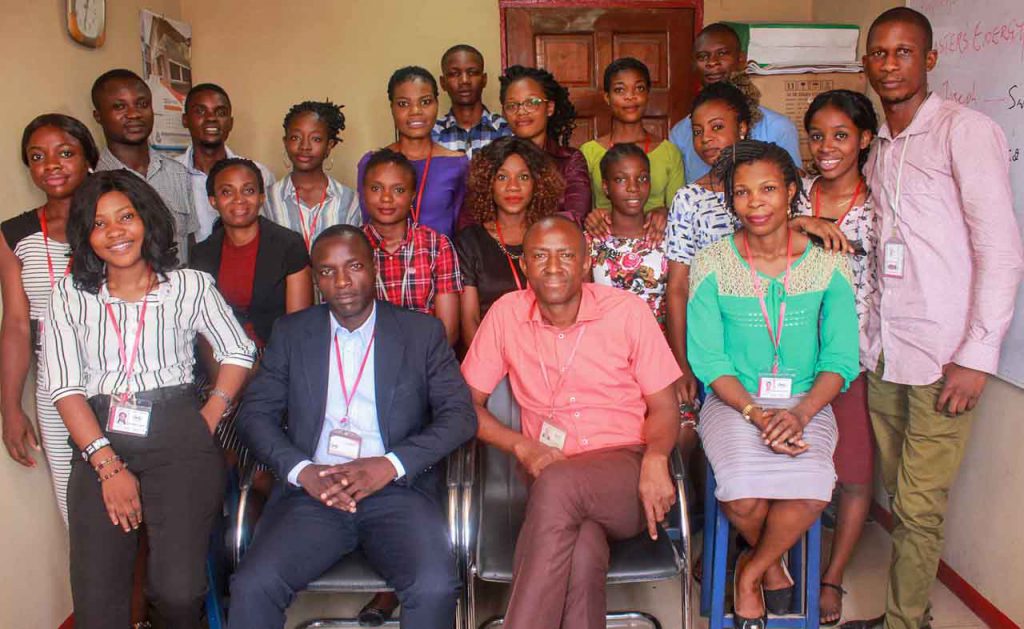
Once upon a time, in a small town called Otuoke, there was a thriving community that relied heavily on fuel to power their everyday lives. The town was nestled in a picturesque valley, surrounded by lush green hills and shimmering rivers. Everything seemed perfect until an unexpected event struck—fuel scarcity.
One day, the townspeople woke up to find that the local fuel station had run out of fuel. Panic spread throughout the community as they realized their vehicles, machinery, and generators would soon be rendered useless. With no immediate solution in sight, the residents of Bayelsa had to face the harsh reality of life without a reliable energy source.
As the days went by, the once-vibrant town began to lose its spirit. Businesses struggled to operate, transportation came to a halt, and the daily routines of the townspeople were disrupted.
People were forced to walk long distances, carrying heavy loads on their backs, and many had to resort to using bicycles as their primary means of transportation.
Amidst the chaos, a group of determined individuals led by a young inventor named Emma decided to take matters into their own hands. They gathered in the town square, brainstorming ideas on how to cope with fuel scarcity and find alternative energy sources.

Emma, an innovative thinker, proposed harnessing the power of the sun. She had been researching solar energy and believed it could provide a sustainable solution for the town’s energy needs. With the support of her friends and fellow community members, Emma embarked on a mission to bring solar power to Bayelsa.
They reached out to experts, secured funding, and began installing solar panels on rooftops throughout the town. Slowly but steadily, the sun’s rays became a new source of energy for the town. Soon, solar-powered streetlights lit up the once-dark streets, businesses started running on solar energy, and the community regained its momentum.

The transition to solar energy not only provided a reliable and sustainable power source but also brought about a positive change in the town. The air became cleaner, and the environment benefited from reduced carbon emissions. The townspeople took pride in their newfound energy independence, as they were no longer at the mercy of fluctuating fuel prices or shortages.
Inspired by the success of the solar project, other towns, and cities started taking notice of Bayelsa’s innovative solution. Emma and her team became advocates for renewable energy, sharing their experiences and knowledge with neighboring communities. The movement spread like wildfire, igniting a revolution of clean energy adoption across the region.
Years later, Bayelsa stood as a shining example of resilience and adaptability. The once-fuel-dependent community had transformed into a thriving hub of renewable energy innovation. Emma’s vision and the collective efforts of the townspeople had not only overcome the challenges of fuel scarcity but had also propelled Bayelsa into a sustainable and prosperous future.
The story of Bayelsa serves as a reminder that even in the face of adversity, communities can come together, embrace change, and find innovative solutions to build a brighter and greener future.


